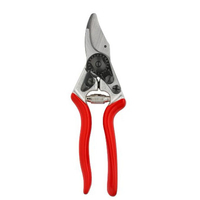What plants to prune in August — expert advice on how to gain better blooms
Top pruning recommendations from a garden expert
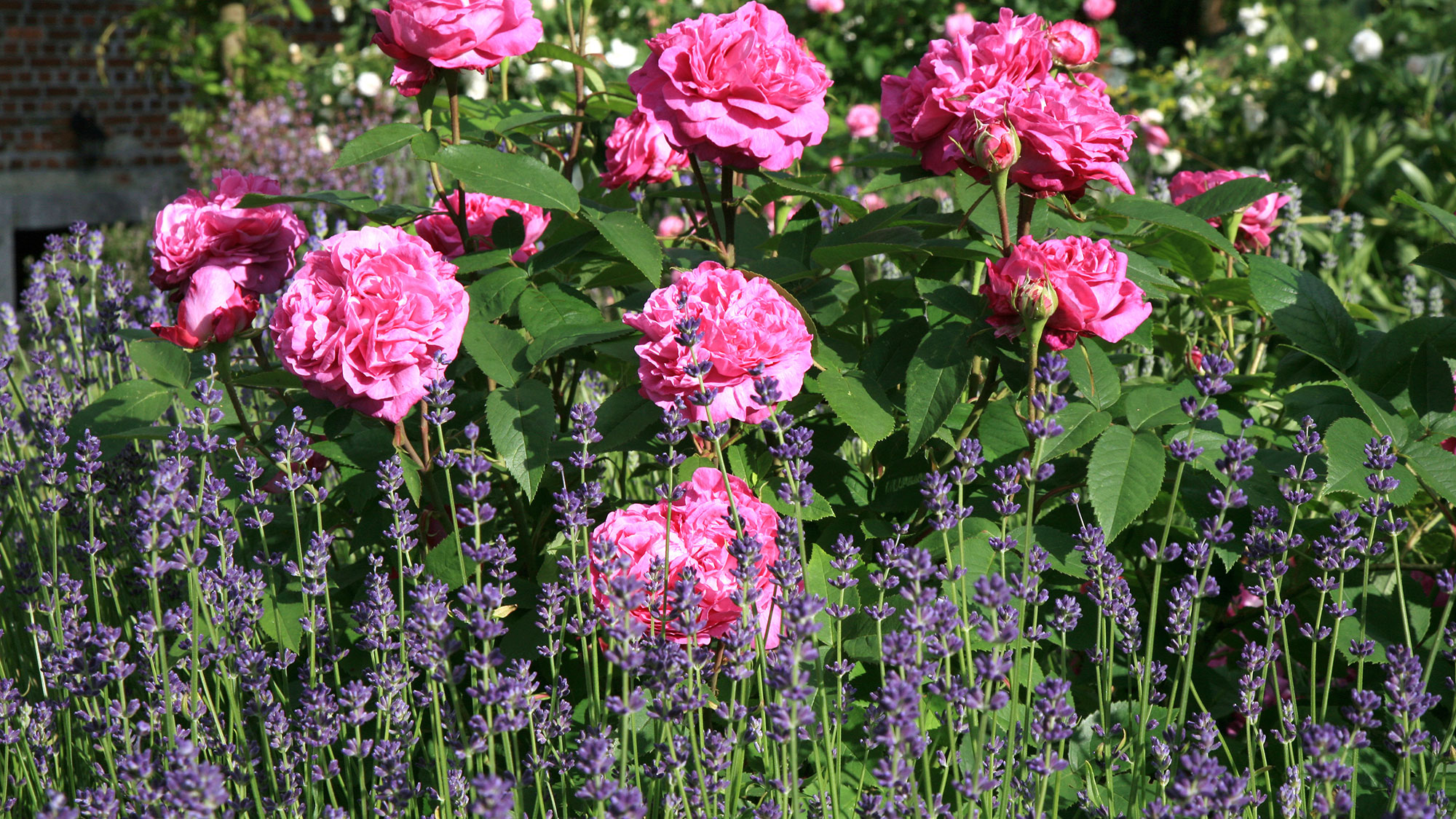
There’s still plenty of jobs to keep you busy in your yard this August. Apart from vegetable seeds to sow, there are plenty of plants to prune this month, so grab your best pruning shears and embrace how pruning can improve the look of your yard and the health of your plants.
However, before you run rampant and prune every plant in sight, hold fast, as not every plant will need pruning. We spoke to Nigel Lawton plant buyer at Dobbies’ to discover the benefit of pruning and doing it at the right time.
“Pruning is essential for maintaining the health and aesthetic of your plants,” explains Lawton. “By removing dead, diseased, or overgrown branches, you can help stimulate healthy growth, improve air circulation, and enhance the flowering or fruiting potential of plants.”
In addition to creating healthy plants, he adds, “Pruning at the right time ensures that plants have ample opportunity to recover and thrive, avoiding unnecessary stress.”
Here Lawton shares with us the top 5 plants to prune in August and how to do it right.
1. Wisteria

Wisteria, with its stunning cascades of fragrant flowers suspended on vines, puts on a magnificent display. However, this beautiful plant can quickly become unruly if left untrained and unpruned.
To keep your wisteria in good shape, Lawtons recommends cutting back the long “whippy” shoots of the current year’s growth in August to about five to six leaves from the main stem. “Ensure you don’t cut too close to the main stem to avoid damage,” he adds. “This pruning helps control the plant’s size and encourages the development of flower buds for the next season.”
Sign up to get the BEST of Tom's Guide direct to your inbox.
Get instant access to breaking news, the hottest reviews, great deals and helpful tips.
Top tip
Wisteria needs to be trained with wires or a trellis against a wall or garden structure to help it grow. During its first few years of growth its a good idea to help train your wisteria at the same time it's being pruned.
Planting zone: 5-7
2. Lavender
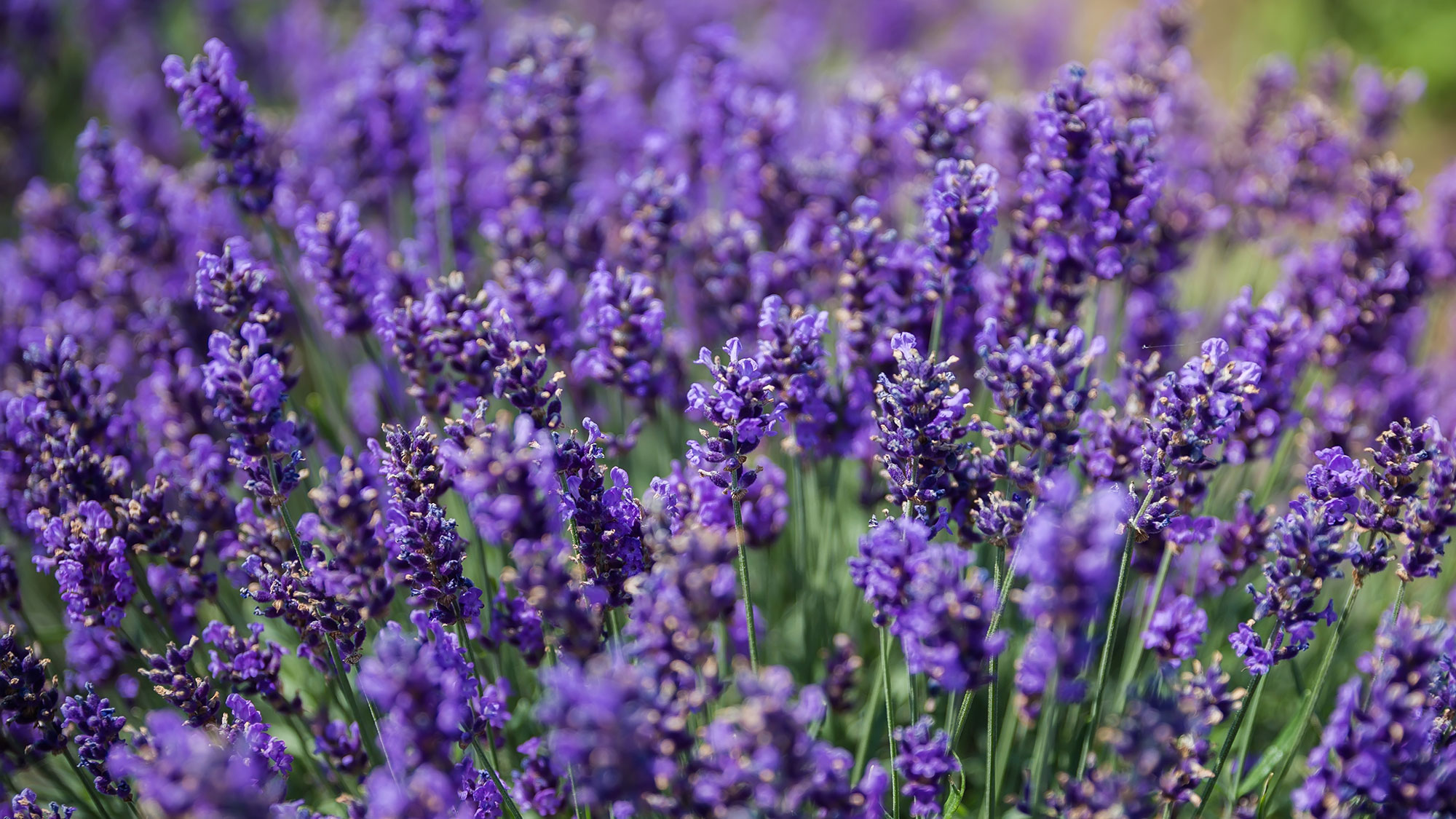
Lavender grows well in most yards and is a low-maintenance plant that has many benefits. It’s pleasantly aromatic, attracts butterflies and other pollinators to your yard, and you can harvest your lavender to extend its life.
Although lavender is low-maintenance, it still needs to be pruned. As Lawton explains, “Pruning maintains the plant’s shape and promotes bushier growth with more flowers.”
But what’s the best way to prune lavender in August? Lawton recommends trimming back the spent flower stems and removing about an inch of the current year’s growth once it has finished flowering. But he warns, “Avoid cutting into old wood as this can hinder new growth.”
Top tip
When and how to prune lavender also depends on the variety you grow. French lavender should be pruned slightly differently from English lavender and won’t need pruning in August.
Felco (F6) bypass pruners: was $65 now $53 @ Amazon
These high-quality, Swiss-made pruners have a hardened steel blade capable of cutting 0.8 inches of material. The smooth, red handle is ergonomically designed to provide comfort while cutting. These pruners are ideal for medium-sized hands.
3. Roses
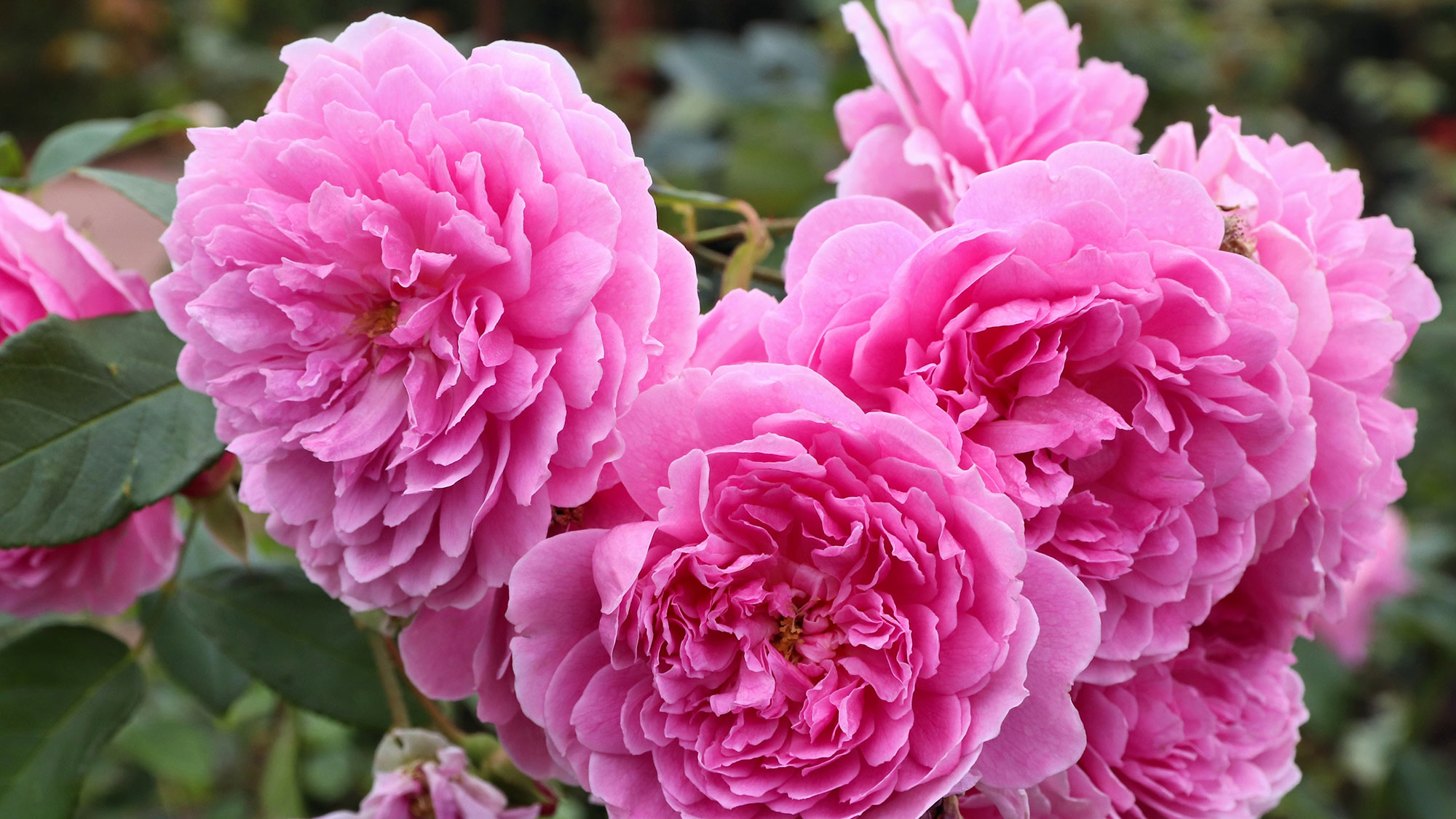
Roses can be pruned in August to encourage a fresh flush of blooms in fall, so you can continue to enjoy the flowers for longer. Apart from prompting a continuous display of blooms, Lawton also says pruning roses reduces the risk of disease. Removing dead or diseased branches when you prune increases air circulation and decreases the risk of pests and disease while revitalizing the plant.
Lawton advises deadheading the blooms, particularly for repeat-flowering varieties, by cutting back to the first leaf with five leaflets. He also recommends lightly trimming any overgrown areas for shrub roses. When pruning, he says, “Check for and remove any dead or diseased wood to keep the plant healthy.”
4. Fruit trees
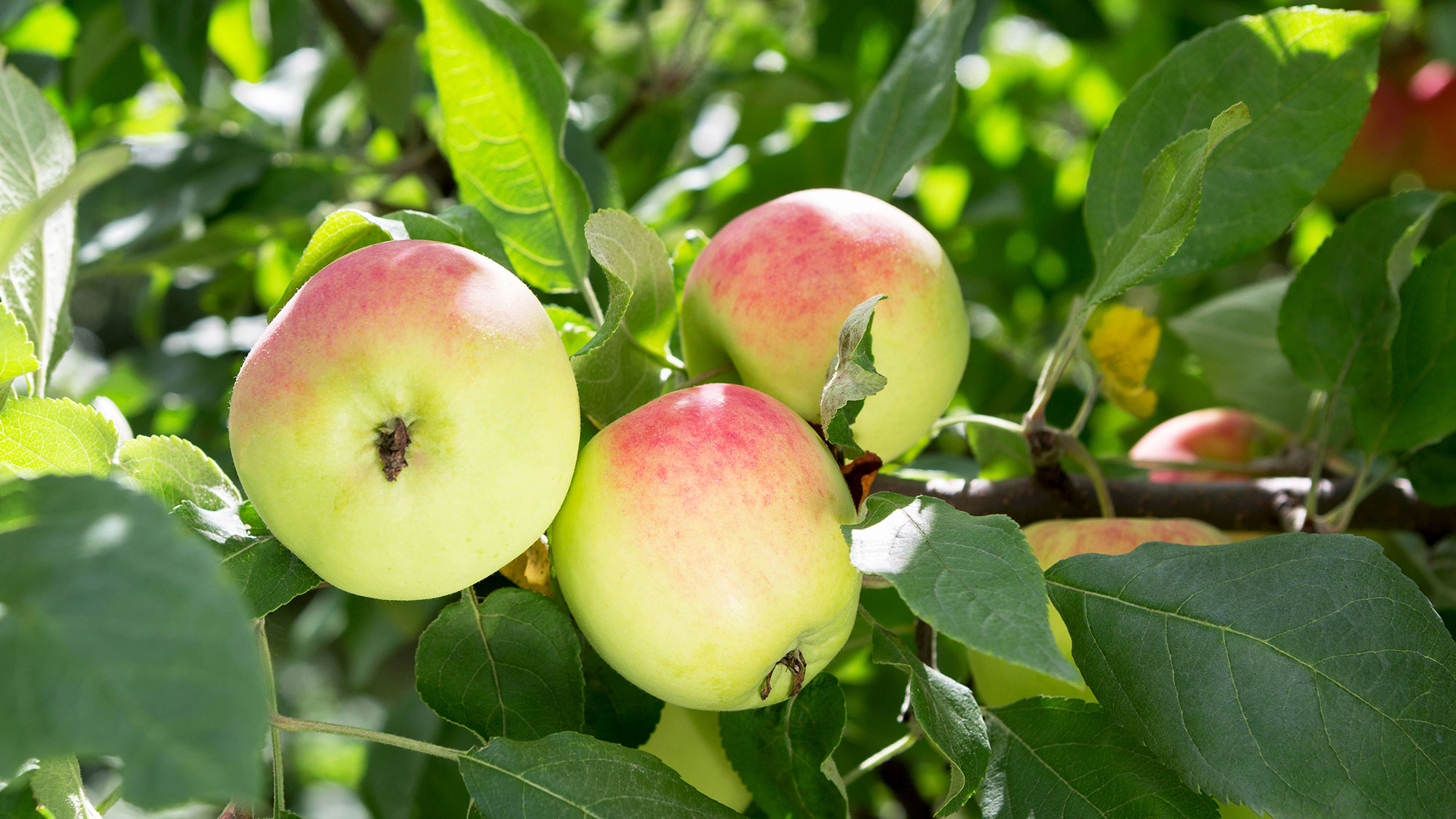
August is also a good time to prune fruit trees as it will help promote fruit formation. So if you grow apples, pears, cherries or plums, they will benefit from a prune this month.
Lawton recommends cutting back the current year’s growth to about three leaves above the basal cluster. “Ensure cuts are made just above a bud to promote healthy new growth,” he explains. “This helps control the size of the tree and improves fruit quality by allowing more sunlight and air to reach the fruit.”
Top tip
Although fruit trees can be pruned in August, the main prune should be completed during the dormant season between December and mid-February.
Planting zone: 3-8
5. Hydrangeas
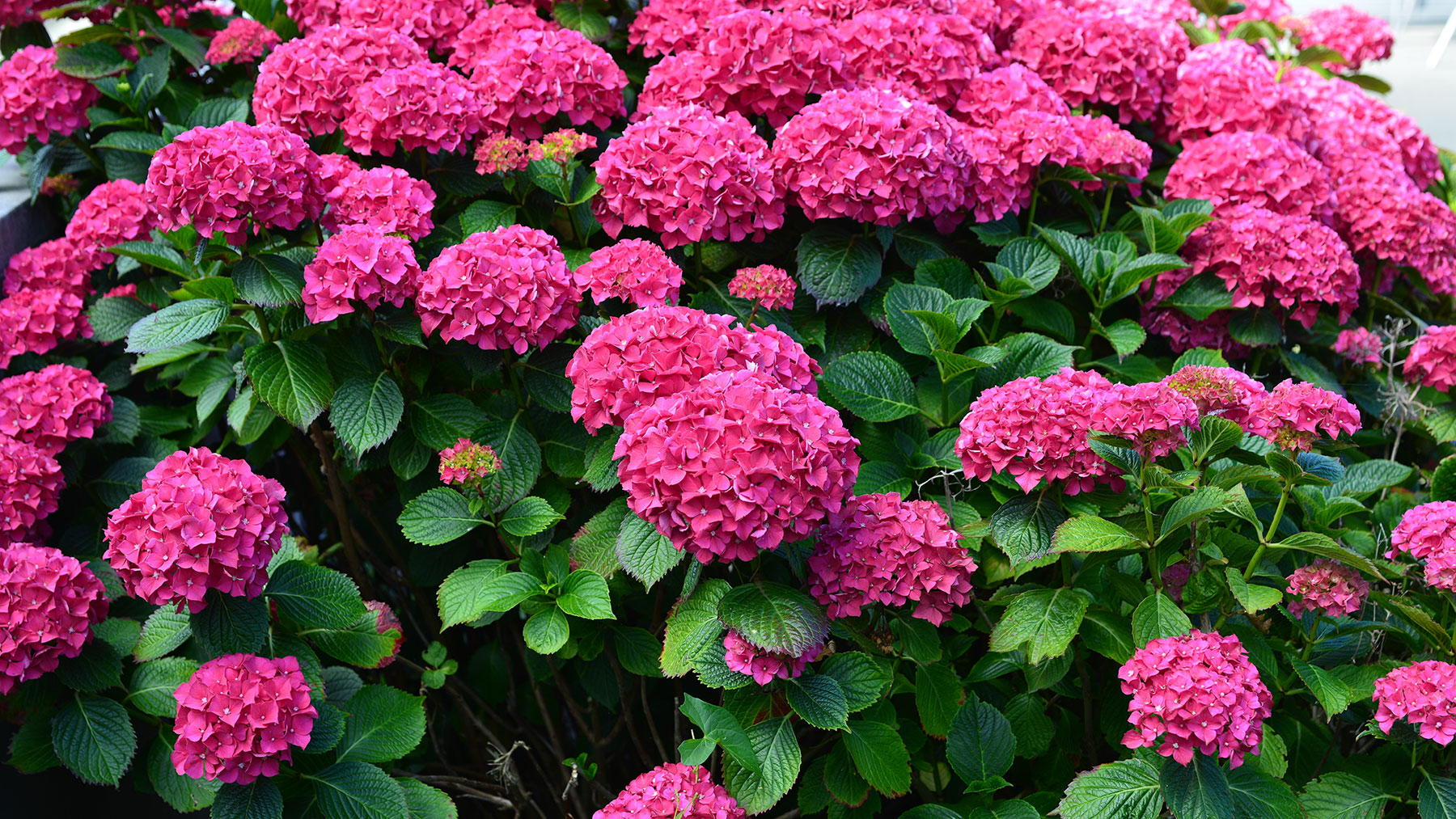
The best time to prune hydrangeas can vary depending on your growing variety. However, macrophylla types, or bigleaf hydrangeas, can be pruned in late summer.
Lawton suggests leaving faded blooms intact to provide frost protection over the winter. “Removing one or two of the oldest stems each year will promote new growth from the base and help encourage flower growth”, he says. “Careful pruning helps to promote vigorous growth and ensures a beautiful display of blooms next year.”
Top tip
Macrophylla hydrangeas bloom on last year’s wood and new wood that grows during the current year. Therefore, the plant will bloom whether it is pruned or not.
Planting zone: 3 to 9
Apart from these plants you can prune in August, there are still plenty of vegetable seeds to sow in August for a luscious harvest of homegrown produce.
More from Tom's Guide

Camilla Sharman has worked in publishing and marketing for over 30 years and has covered a wide range of sectors within the business and consumer industries both as a feature, content, and freelance writer.
As a business journalist, Camilla has researched articles for many different sectors from the jewellery industry to finance and tech, charities, and the arts. Whatever she’s covered, she enjoys delving deep and learning the ins and out of different topics, then conveying her research within engaging content that informs the reader. In her spare time, when she’s not in her kitchen experimenting with a new recipe, you’ll find her keeping fit at the gym. In the pool, stretching at a yoga class, or on a spin bike, exercise is her escape time. She also loves the great outdoors and if she’s not pottering about in her garden, she’ll be jumping on her bike for a gentle cycle ride.
